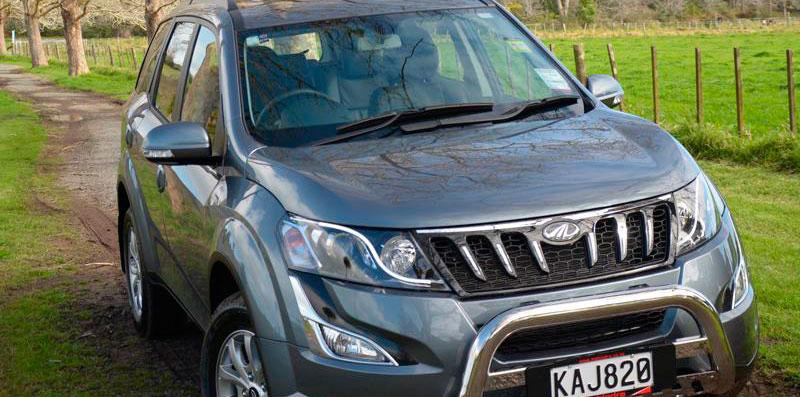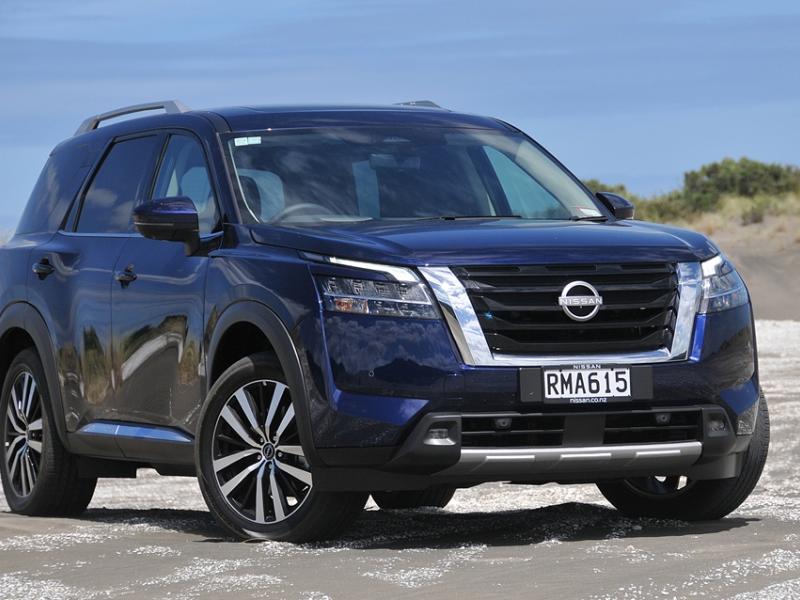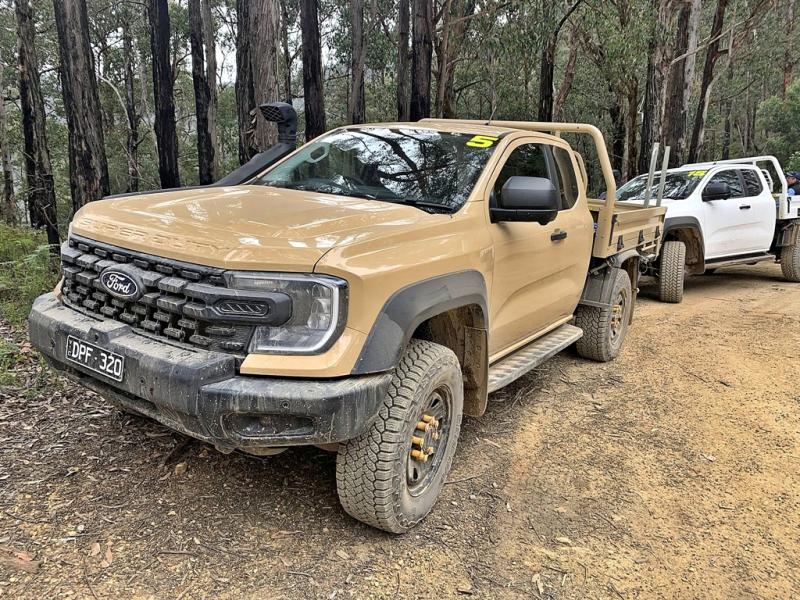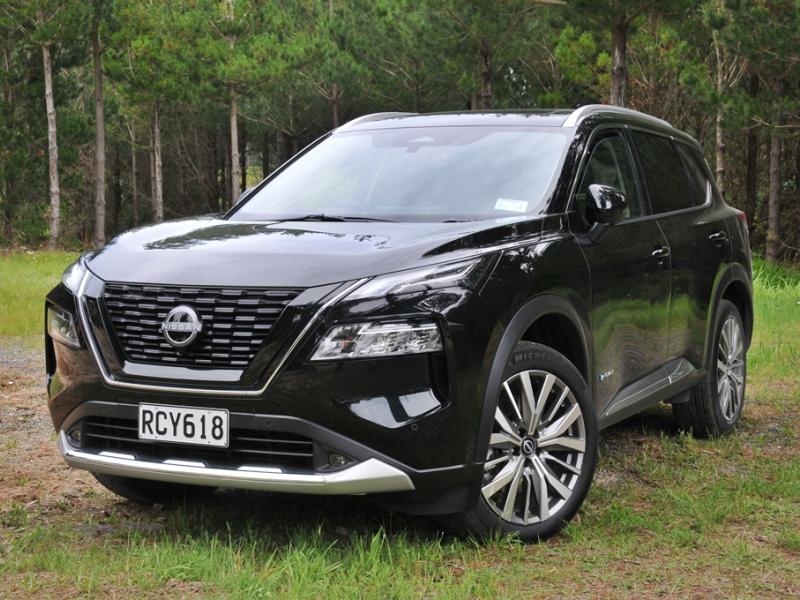Though better known in New Zealand for its tractors and prosaic Pik-Up ute, Mahindra is a very serious international player, one with interests spanning 20 key industries in areas as diverse as aerospace, construction, defence, agricultural and, of course, automotive.
From humble beginnings in steel trading in 1945, the Mumbai-based company moved into motor vehicle production (making Willys Jeeps under licence) in 1947 and – long story, short – is now a US$17.8 billion (turnover) Fortune 2000 company with 200,000 employees and a presence in over 100 countries.
Not only is Mahindra now the largest tractor manufacturer in the world (with production of 300,000 annually), it is also the company that saved Korean ute and SUV manufacturer SsangYong from bankruptcy in 2010, buying a 70 percent share in the company, and more recently adding Peugeot Motorcycle and Italian design house Pininfarina to its stable of subsidiaries.
The company has already made major inroads into electric vehicles, having bought the Bangalore-based sector pioneer Reva in 2010 and now selling a number of Mahindra Reva models on the Indian market, including the funky e2o. Chairman Anand Mahindra told shareholders at its 70th AGM this year that because of the expertise across the group’s broad range of divisions, autonomous tractors were next.
Mahindra was also a founder constructor/member of the FIA’s new clean, green, Formula E all-electric single-seater motor racing series, finishing fifth in the teams standings in 2015. The company has also been involved with a factory-backed Mahindra Racing Moto3 team, which scored its first world championship moto win at this year's Dutch Grand Prix
at Assen.
Here in New Zealand, Mahindra’s automotive interest is represented by local distributor Nichibo Japan Trading Co. Ltd, which supplies vehicles to markets including the UK and Russia. It is New Zealand’s largest wholesaler of Japanese used vehicles, responsible for approximately 50,000 units a year. It also runs its own shipping company, compliance network, finance arm and rental vehicle company, as well as its first foray into new vehicle distribution – Mahindra Automotive and Tractors.
That company now has 26 dealers across the country. Most are in rural areas where they have found a ready market for Mahindra’s range of small to medium size tractors and Pik-Up, Genio and Thar utilities.
But all the major main centres are covered as well. A good thing, because – on the evidence of the XUV500 SUV – that is where much of the future growth in this country will come.
The XUV500 (pronounced five double-O) was the first of an all-new line of Mahindras developed for a global audience (as opposed to the local market, then sold globally like the Pik-Up and Genio). Both front-wheel drive and (on-demand) AWD versions are available, priced at $36,990 for the former and $39,990 for the latter.
The XUV500 bridges the gap that has so far existed in the local market between small-to-medium two-row, five-seat models (like Mazda’s CX5, Honda’s CRV and Toyota’s RAV4) and larger three-row, seven seaters like Hyundai’s Santa Fe and
Ford’s Territory.
With its distinctive – if a little fussy – mix of curves, edges and minimal overhangs front and rear it could pass for a compact, Suzuki Vitara-class SUV. Stand beside one, though, and you realise it’s more Mitsubishi Outlander or Holden Captiva.
Mahindra here has been waiting for the auto version of the XUV to turn up so they can start building awareness among SUV buyers, and local execs believe they can sell as many as 200 a year.
Current plans centre on adding an updated Pik-Up and a petrol-fuelled XUV500 in 2017, then, two years later, a second ‘global’ model – a Hilux/Ranger sector utility – currently being developed in Mahindra’s US design office just outside Detroit.







